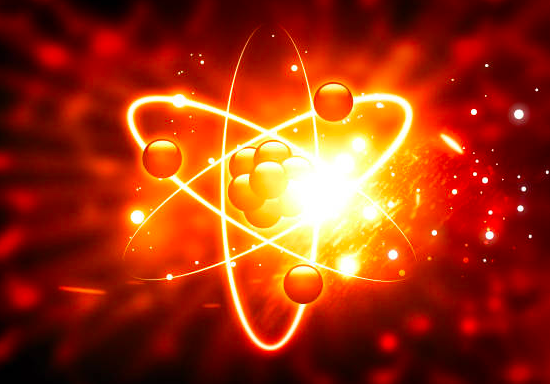Powering the Future: A Guide to Achieving Fusion Energy

Fusion power, often described as the "holy grail" of clean energy, holds the potential to revolutionize the way we generate electricity. Unlike fossil fuels or traditional nuclear fission, fusion is clean, virtually limitless, and safe. But how do we achieve this elusive and promising source of power? In this article, we'll explore the journey toward achieving fusion energy and the key steps involved.
Understanding Fusion Power
Fusion is the process by which two light atomic nuclei combine to form a heavier nucleus, releasing a tremendous amount of energy. It's the same process that powers the sun and stars. The challenge lies in replicating this process on Earth in a controlled and sustained manner.
The Path to Achieving Fusion Energy
Achieving controlled fusion reactions for energy generation involves several complex steps:
1. Extreme Temperatures and Pressures
Fusion occurs under extreme conditions of temperature and pressure. To replicate these conditions on Earth, scientists use a device called a tokamak, which uses powerful magnetic fields to contain and compress the plasma (a hot, electrically charged gas) to the required conditions.
2. Fuel Supply
Fusion reactors typically use isotopes of hydrogen, such as deuterium and tritium, as fuel. Deuterium is readily available from water, while tritium can be produced in the reactor itself, albeit with some challenges.
3. Achieving Ignition
In a fusion reactor, achieving "ignition" means that the energy produced by the fusion reactions sustains the plasma without the need for external heating. This is the point where the reactor becomes self-sustaining.
4. Controlling Plasma Instabilities
Plasma is highly unstable, and controlling it within the tokamak is a major challenge. Scientists and engineers work to stabilize the plasma and prevent it from touching the reactor's walls, which can damage the device.
5. Efficient Energy Extraction
Once fusion reactions are achieved, the challenge is to extract energy efficiently. This typically involves using the heat produced by the fusion reactions to generate steam, which drives turbines to produce electricity.
Key Fusion Projects Around the World
Several ambitious fusion projects are underway globally, each taking a slightly different approach to achieve controlled fusion:
1. ITER (International Thermonuclear Experimental Reactor)
Located in France, ITER is one of the most prominent fusion projects. It's an international collaboration that aims to demonstrate sustained nuclear fusion and produce 500 megawatts of output power.
2. NIF (National Ignition Facility)
Based in the United States, NIF uses powerful lasers to create the extreme conditions required for fusion. While not aimed at commercial energy production, it's essential for advancing fusion research.
3. Wendelstein 7-X
Germany's Wendelstein 7-X is a stellarator device that seeks to demonstrate the feasibility of steady-state fusion. It explores an alternative approach to the tokamak design.
Challenges and the Road Ahead
While progress in fusion research is undeniable, significant challenges remain. These include finding efficient ways to sustain fusion reactions, handling tritium fuel, and developing materials that can withstand the extreme conditions inside a fusion reactor.
The Promise of Fusion Energy
Despite the challenges, the promise of fusion energy is too great to ignore. It offers a clean, virtually limitless, and safe source of power that could help combat climate change and meet the world's growing energy demands.
In conclusion, achieving fusion power is a complex but promising journey that requires continuous collaboration between scientists, engineers, and nations. While we may not have commercial fusion reactors powering our cities just yet, every step forward brings us closer to realizing the dream of clean, sustainable, and abundant fusion energy—a potential game-changer for the future of our planet.


